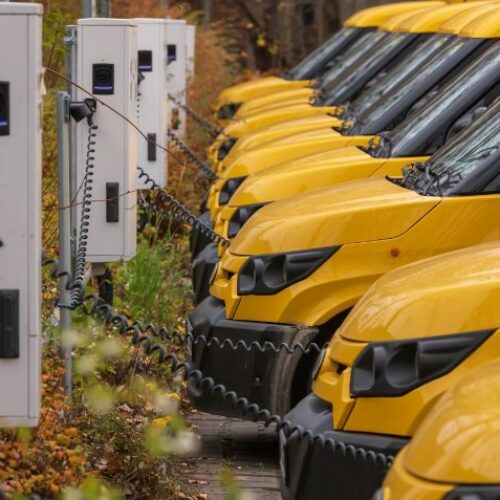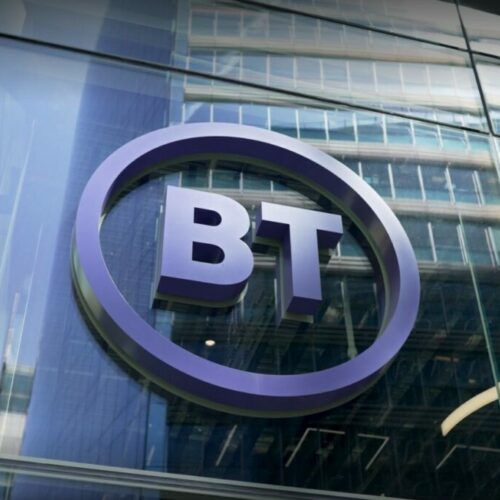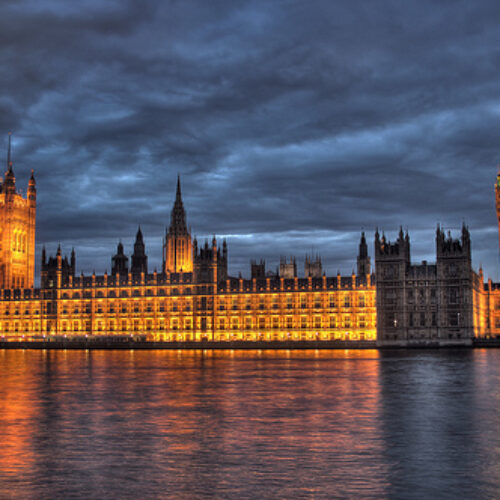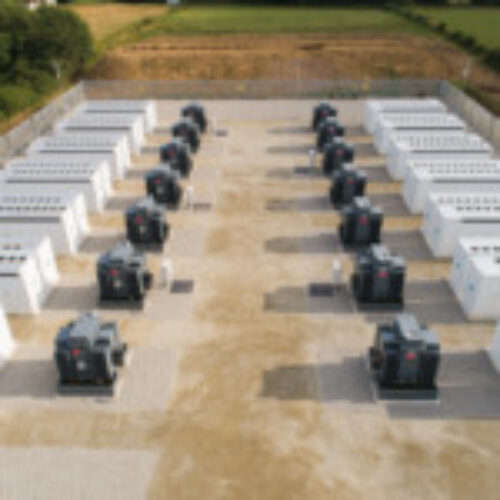Dynamic Containment (DC) has been operating now for over a year, although until November only low DC was being procured by National Grid ESO.
Low DC is a frequency response service for when the frequency on the grid – which typically needs to stay around 50Hz – falls too low. Conversely, high DC is for when it goes too high. This sets DC apart from a service like FFR, where assets respond to both depending on the actual frequency.
Alan Smallwood, Anesco director of optimisation, told Current± that the idea behind high and low DC is that it gives National Grid ESO a greater ability to decide how much of each service it wants depending on what it sees on the system and what the requirements are.
“That’s the trend we’re seeing a lot of at the moment; there’s more finesse in how National Grid ESO is selecting its services.”
The benefits of low DC are clear for asset owners too – in fact, it’s “really good for asset owners” Smallwood said as it allows them to decide what they really want to do with their assets.
If a battery storage asset is delivering low DC, then it’s exporting to bump the frequency back up, and is still free to import on the Balancing Mechanism, for example.
“It gives you that option to stack different services,” Smallwood said, but added that you have to be careful how you stack services, especially if you’re doing both high and low DC, which he said makes stacking harder.
“But it does give the asset owner a lot of options for how they want to monetise their asset and how many cycles they want to run.”
Indeed, playing into DC also results in lower cycling of battery storage assets compared to FFR. In FFR, it’s likely to be one, one and a half cycles per day of a battery, while in DC is closer to 0.1, meaning an asset is wearing out a lot more slowly, which is good for future revenue potential and another thing asset owners and aggregators should factor into their strategies.
For Anesco – which was the first company to provide high DC – delivering in both directions hasn’t been much more complicated than delivering in one, as if you’re providing low DC, you still need to charge assets back up.
“If you’re in both services, then you’re naturally discharging but also charging your asset in the service, and so actually it means you have to look after the state of charge a bit less frequently.”
However, while DC has proven a popular service for battery storage to bid into – with Modo Energy’s head of research Alex Done telling Current± that all capacity as of November in both high and low DC had been provided by battery energy storage systems – procurement volumes in DC have been impacted by ~500MW moving back into the monthly FFR tenders.
This resulted in undersupply in low DC across several EFA blocks in November, with Modo also stating that lower volumes in high DC were driven by lower volume requirements.
Clearing prices in high DC are also roughly half of those in low DC, with average clearing prices of £10.81/MW/h in high DC and £18.82/MW/h in low DC as of last month, according to Done.
It follows National Grid ESO introducing price caps in low DC from 1 November, moving from the flat £17/MW/h across the day to intraday variation of price caps, leading to prices ranging from £48/MW/h to just £0.01/MW/h, according to Modo.
Indeed, the new price caps set by National Grid ESO, the introducing of high DC and the downwards revision of the ESO’s volume requirements in low DC were the three key developments driving the narrative of DC last month, Done said.
Future developments on the horizon include the introduction of the two other Dynamic services: Dynamic Regulation (DR) and Dynamic Moderation (DM).
DR – a pre-fault service designed to slowly correct continuous but small deviations in frequency – is set to be introduced on the EPEX platform in March, while DM – designed to manage sudden large imbalances between demand and generation – is set to be introduced in April.
Together, the three Dynamic services will offer National Grid ESO a whole new suite of frequency management tools to call upon as the grid is decarbonised and renewable generation takes centre stage.




